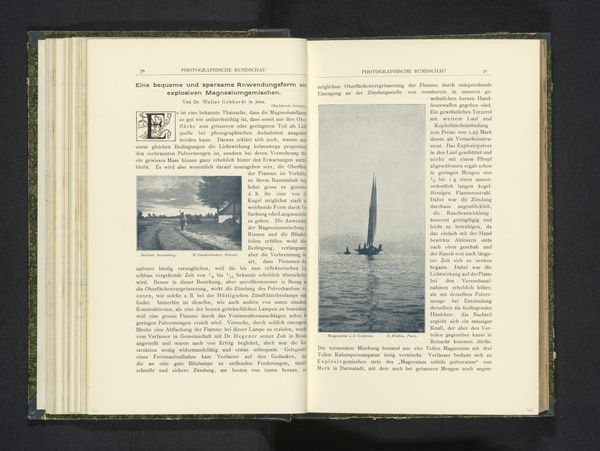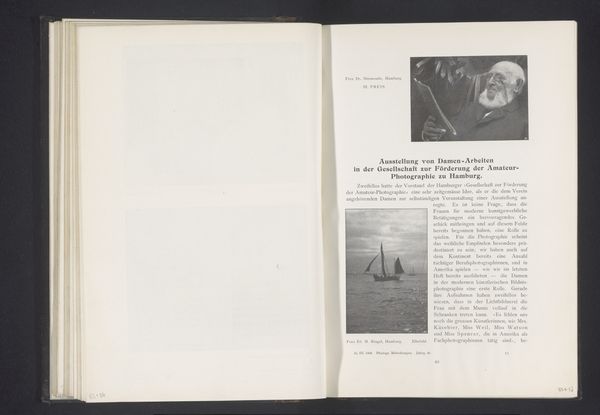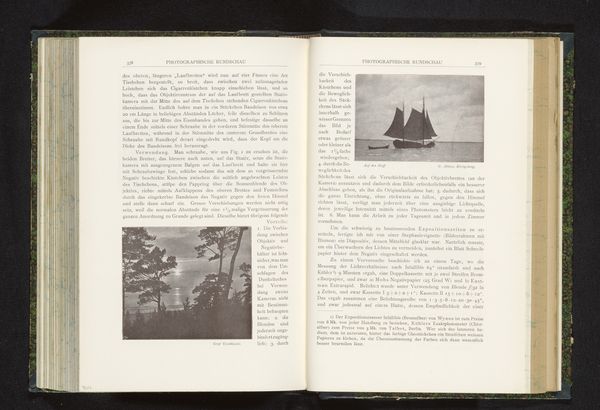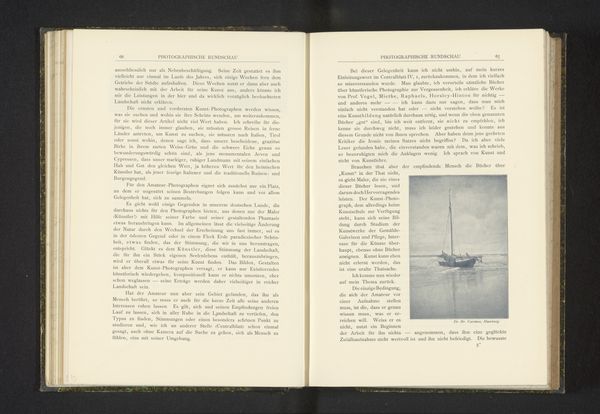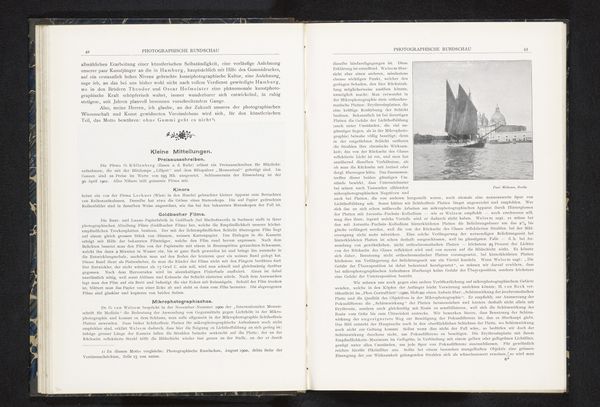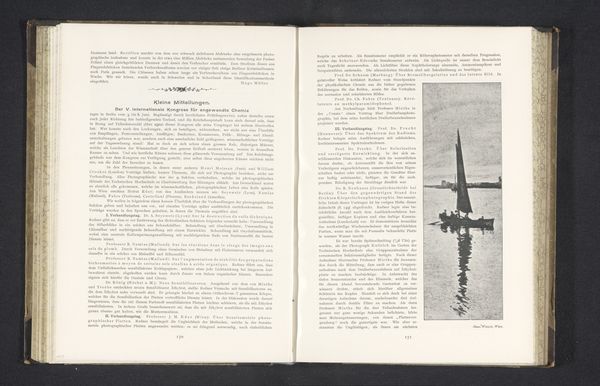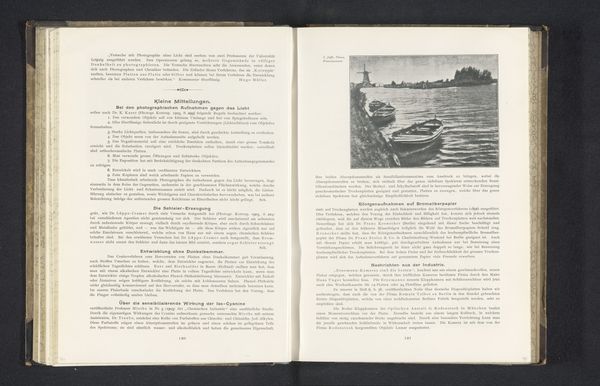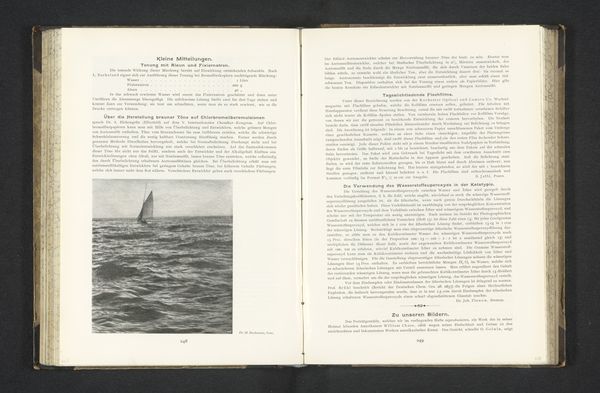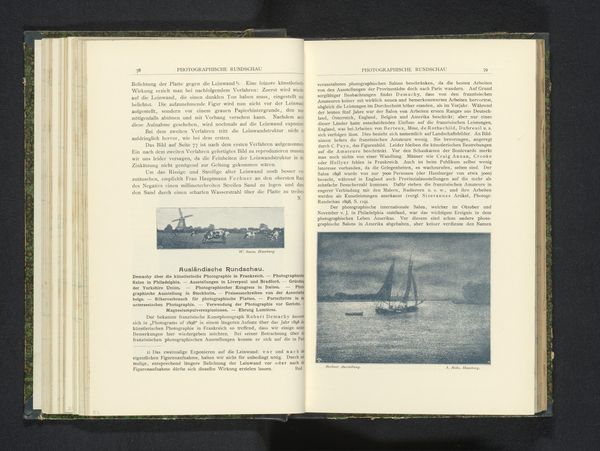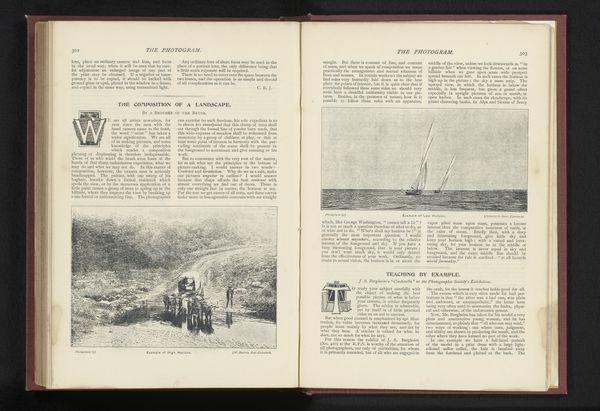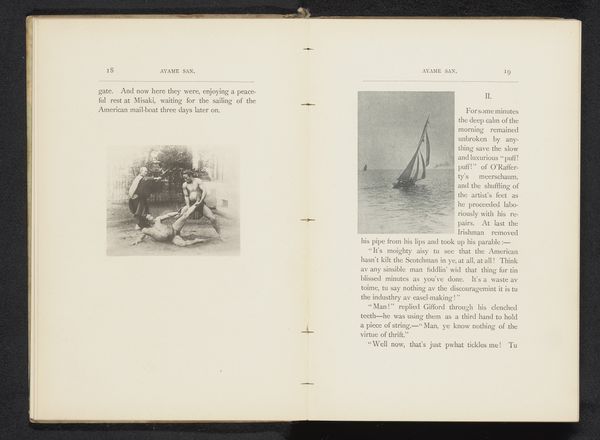
print, photography
#
newspaper
#
pictorialism
# print
#
landscape
#
photography
Dimensions: height 87 mm, width 111 mm
Copyright: Rijks Museum: Open Domain
Curator: Let’s focus our attention on this evocative seascape, "Zeegezicht met zeilboten nabij Ålesund," which we believe was created before 1894 by Paul Lange. Immediately, I feel a strong sense of stillness and calm radiating from it. The way the sails are rendered almost seems dreamlike. What do you see first? Editor: Dreamlike is the right word. Before anything else, I notice the soft, almost blurry focus and the overall tonal range that renders this photographic print as hazy. This treatment romanticizes the maritime subject, softening the starkness we often associate with that environment. I can already envision how this aesthetic fit within a specific cultural moment. Curator: Exactly! Remember pictorialism, the art movement using photography, which dominated around the late 19th century in photographic art. How did the medium itself play into shaping its cultural significance? Editor: Well, photography emerged as a field increasingly tied to social change, capturing both industrialization and leisure, it democratized artistic practice as new audiences began engaging more actively with these representations. This print appeared within a publication—probably a newspaper or periodical, bringing art into people’s daily lives in unprecedented ways. Consider how radical that was at the time. Curator: And that publication becomes an institution, doesn't it? Shaping the reception of such images. So much is suggested here, far beyond simply "sailboats on the water." Editor: The very act of printing and distributing a photograph like this transforms a private experience of seeing the seascape to one within a political realm; we have to ask what this imagery promoted within the context of its circulation. Where was it printed? How was it perceived by those consuming these periodicals? This brings even greater meaning to Lange’s composition choices. Curator: I concur. There's so much to unpack even from a single, still image—a microcosm reflecting broader cultural and artistic currents. Editor: Precisely, understanding this work requires moving beyond purely formal aspects, diving deep into its social life, tracing its ripples across society.
Comments
No comments
Be the first to comment and join the conversation on the ultimate creative platform.
